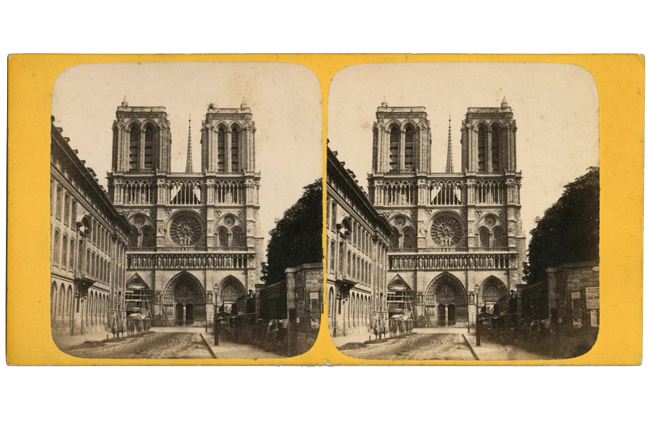Home / Creative Arts & Media / Stereoscopy: An Introduction to Victorian Stereo Photography / What is stereoscopy?
This article is from the free online
Stereoscopy: An Introduction to Victorian Stereo Photography


Reach your personal and professional goals
Unlock access to hundreds of expert online courses and degrees from top universities and educators to gain accredited qualifications and professional CV-building certificates.
Join over 18 million learners to launch, switch or build upon your career, all at your own pace, across a wide range of topic areas.


 Image: Stereocard depicting Louis-Jules Duboscq; stereo-lithograph made from a stereo-daguerreotype and printed in dark brown ink., c. 1852. IL.2003.44.6.5.478
Image: Stereocard depicting Louis-Jules Duboscq; stereo-lithograph made from a stereo-daguerreotype and printed in dark brown ink., c. 1852. IL.2003.44.6.5.478
 Image: Stereoscope, the ‘Lothian’ hand-held stereoscope, by A.H. Baird, Edinburgh, 1895. IL.2003.44.10.127 © Howarth-Loomes Collection at National Museums Scotland
Image: Stereoscope, the ‘Lothian’ hand-held stereoscope, by A.H. Baird, Edinburgh, 1895. IL.2003.44.10.127 © Howarth-Loomes Collection at National Museums Scotland





